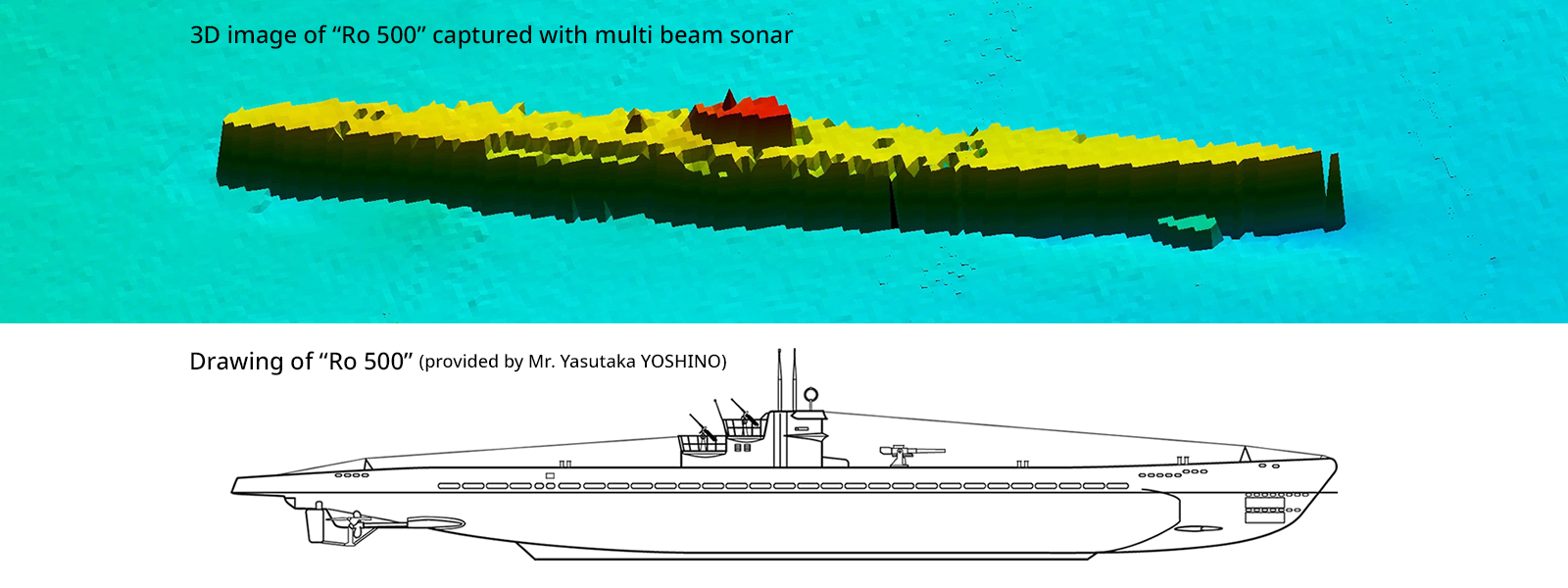Supporting the passion for submarine searches with technology
Discovery of submarine “Ro 500” lying on the seabed in Wakasa Bay
(Published on March 7, 2019)
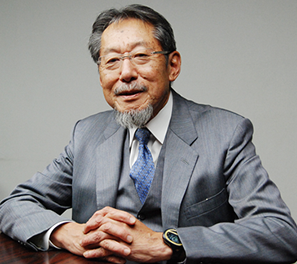
|
|---|
| Prof. Tamaki URA |
| Professor Emeritus of the University of Tokyo. Representative Director of La Plongée Deep Sea Engineering Society (hereafter La Plongée). Invited senior technology researcher of the Japan Agency for Marine-Earth Science and Technology (JAMSTEC), which is a national research and development agency. An authority of Japanese autonomous underwater robot research. |
Encounter between Professor URA and TOYO Corporation
Why did Professor URA choose TOYO Corporation as partner for the “Ro 500 Search Project”? We will look back on the volunteer activities after the Great East Japan Earthquake that was one of the reasons for this partnership.
Start of the “Ro 500 Search Project”
In 2018, La Plongée embarked on the “Ro 500 Search Project.” Professor URA explains the significance of aiming to discover the submarine of an unknown location, more than 70 years after it was scuttled.
"A survey conducted in Wakasa Bay about 40 years ago revealed the existence of two submarines. Three submarines had been scuttled, one of which should be Ro 500. However, only two submarines were recorded in the data about 40 years ago, and it was thought that the Ro 500 might not exist there.” Prof. URA explains that this data was impacted by the technical level of the survey about 40 years ago.
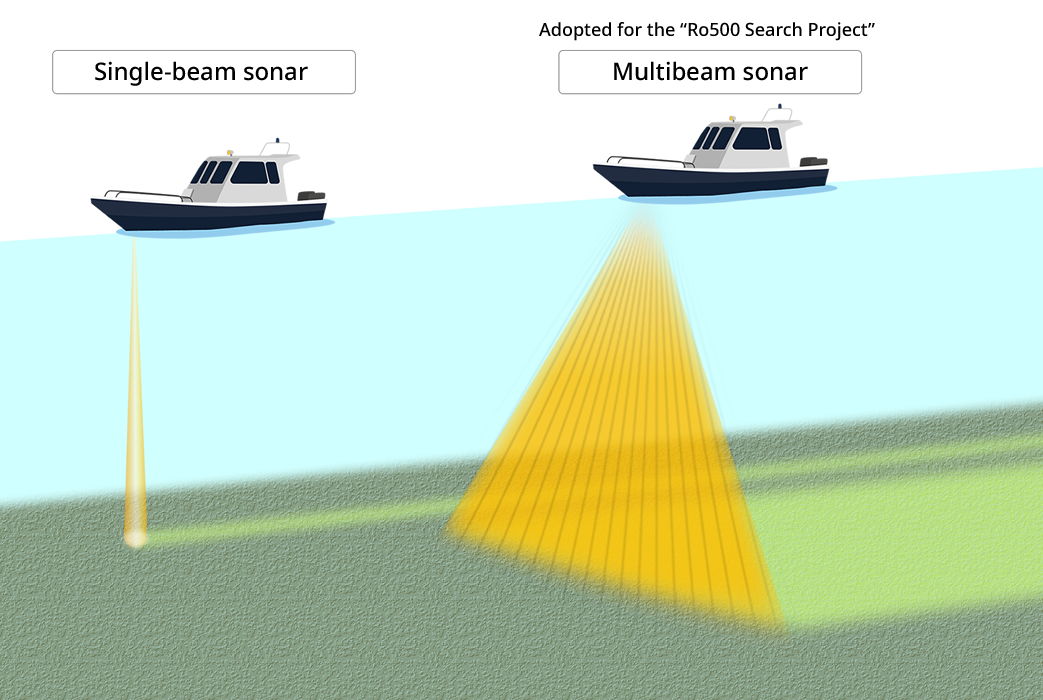
"About 40 years ago, the survey was conducted with a single-beam sonar. Unfortunately, a single-beam sonar can only survey the seabed linearly. Accordingly, errors and gaps that cannot be surveyed are likely to occur on the entire seabed. I thought the results would surely be different when surveyed with a state-of-the-art multibeam sonar, which allows a wide area of seabed to be surveyed accurately and without gaps."
Therefore, Prof. URA planned another survey of the seabed of Wakasa Bay with a multibeam sonar as the first step of the project. As technical support staff, an employee of TOYO Corporation also boarded the research vessel. Thus, the "Ro 500 Search Project" finally started on June 18, 2018.
Ro 500 became visible by a multibeam sonar 72 years after it was scuttled.
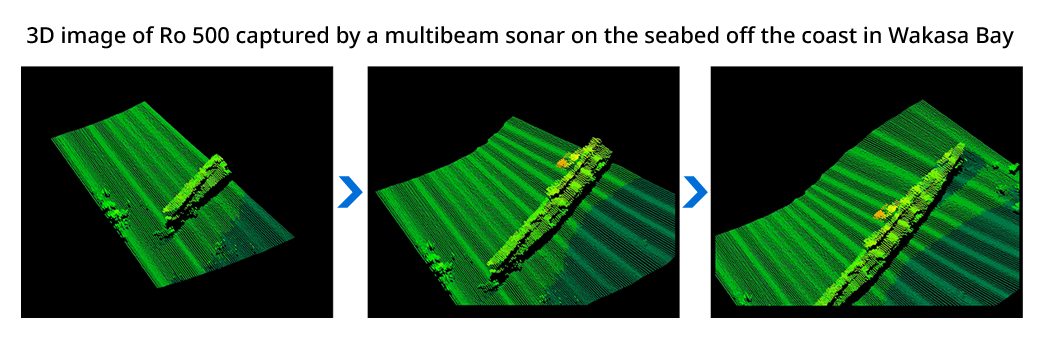
TOYO Corporation provided technical support for the seabed survey using a multibeam sonar "SONIC 2024." The multibeam sonar can emit multiple sound waves in a fan shape from a ship to create a 3D topographic map of the seabed. This allowed us to discover three submarines on the seabed, while only two had been found 40 years ago. From this survey data, we were able to obtain 3D modeling images of three submarines including Ro 500.

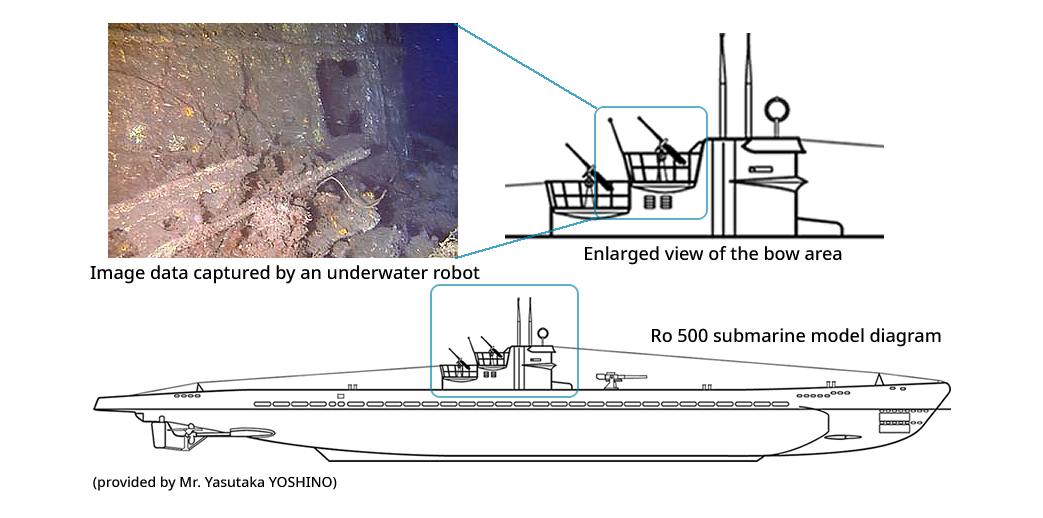
“Based on the 3D image created by the multibeam sonar, ROV (remotely operated vehicle (underwater robot)) was used to search for a submarine with a rudder unique to a U-Boat IXC-type submarine (the predecessor of Ro 500). The decisive factor was the mooring hole (a hole at the center of the bow), which was very similar to that of the U-boat IXC type. It was a historic moment when we were able to shed light on the Ro 500 for the first time in 72 years,” Prof. URA said, looking back with deep emotion.
Ro 500 rediscovered after 72 years as a valuable teaching material
ect was completed, La Plongée publicly disclosed the accurate location information for all the three submarines, Ro 500, I 121, and Ro 68. Professor URA explains the purpose as follows.
“With this discovery, anyone can now actually go to the place where the three submarines are lying, using GPS. The three submarines are valuable teaching materials to learn history. Through this project, we were able to provide new teaching materials to society. This gives me great satisfaction.”
What is submerged in the sea is invisible, and what is invisible can even be forgotten. The appearance of Ro 500 gives us an opportunity to think about the war again.
TOYO Corporation will continue to support Prof. URA's passion for ocean survey and his unwavering pursuits.
Reference:
Junya KATSUME (2010), “The Submarine of The Imperial Japanese Navy – Sono keifu to senreki zenkiroku,” published by Dainippon Kaiga



